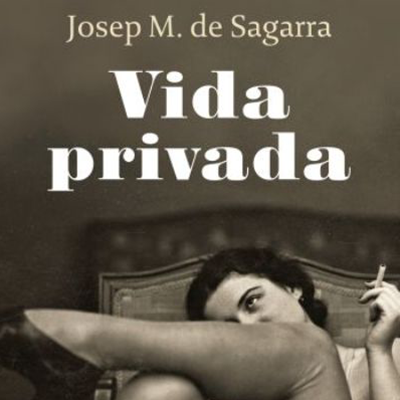Vida privada (1932)
Diccionari de la literatura catalana
A novel by Josep Maria de Sagarra, published in 1932.
The central theme of the novel is the financial and moral decline of the Lloberola family, one of the last bastions of Barcelon's aristocracy. The Lloberolas, a noble lineage dating back to the eighteenth century, faces ruin. Don Tomàs de Lloberola, his sons (Frederic and Guillem) and his grandchildren (Frederic's children, Maria Luïsa and Ferran) are responsible for the systematic destruction of the principles and tradition surrounding a name that is becoming increasingly insignificant. This is achieved by way of their sexual and financial exploits. The other characters featured as part of the nuanced plot are involved in relationships with the individual family members. The figure of Pilar Romaní is worthy of particular mention, appearing as a symbol of the past. Sagarra sets this aristocratic family brought low in a Barcelona that is in the process of making its transition from the dictatorship of Primo de Rivera to a Republic, a historic period which led to the development of a crisis with regard to certain social conditions and some of the values that upheld them. The characters in Vida privada [Private Life] live through the events of two specific moments in time (1927 and 1932), corresponding to the two parts of the novel. The areas they frequent correspond to the seedy underworld of Barcelona's District V.
The novel retains the peculiarities of the author's literary style: a narrative voice that uses irony and satire to present the reality, while passing moral judgement; the fundamentally non-narrative stylistic procedures; the sustained intrigue and the fragments detached from the action... The end result is a nineteenth century-style novel with modern touches in terms of its structure and Proustian echoes, in which Sagarra aims to convey the historic pulse of Barcelona's reality and his own love for the city, viewed as an elegiac reflection intrinsically linked with tradition that synthesizes the concepts of history, race and landscape. The novel, rather than urban, becomes the mythical idealization of the city, which synthesizes all the values of Sagarra's perception of the country. The work won the Crexells Award in 1932. It has been translated into Spanish (1965) and French (1988). In 1987 it was made into a film by Francis Betriu.




